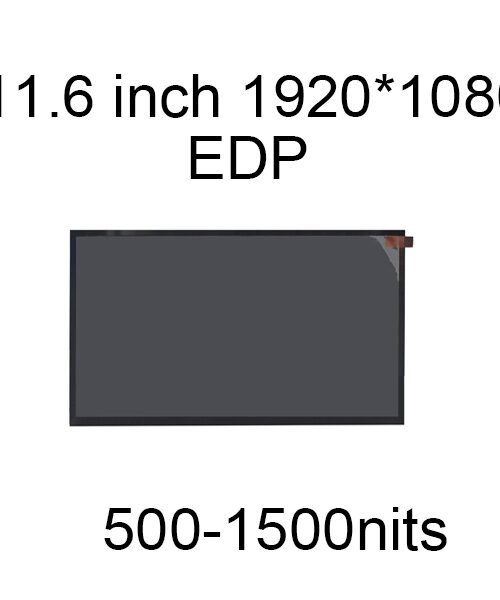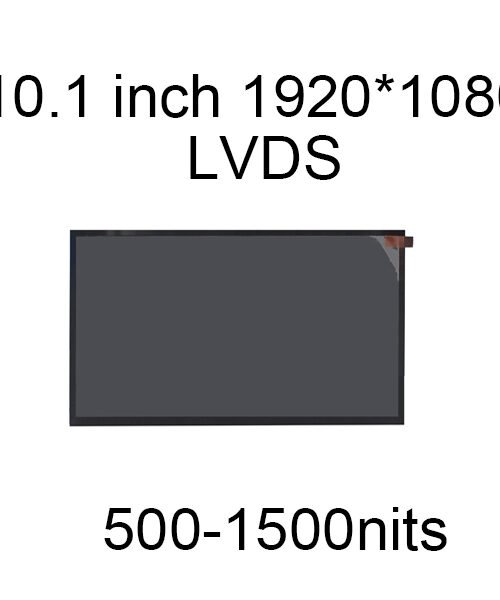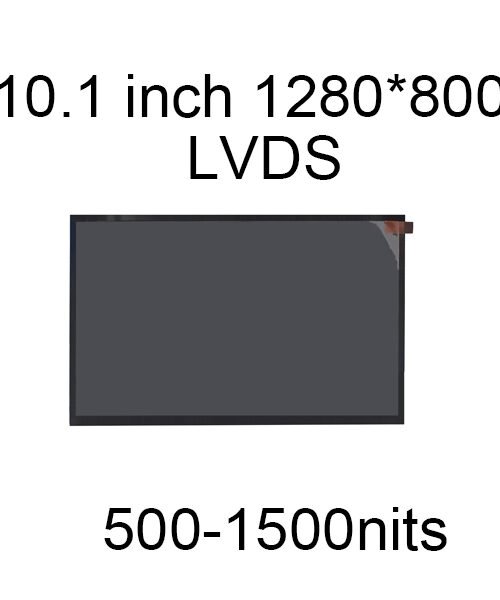When it comes to outdoor visibility in bright sunlight, OLED and LCD (Liquid Crystal Display) displays have distinct characteristics that affect their performance. Both technologies have their advantages and limitations, and the choice between OLED and LCD for outdoor use depends on specific factors such as brightness, reflectivity, power efficiency, and budget. In this comprehensive guide, we’ll compare OLED and LCD displays for sunlight readability and provide insights to help you make an informed decision.
OLED Displays:
Advantages of OLED Displays for Sunlight Visibility:
Infinite Contrast Ratio: OLED displays can achieve an infinite contrast ratio because each pixel is self-emissive, meaning it can be turned on and off independently. In high-contrast situations like direct sunlight, this results in vivid and sharp images.
Wide Viewing Angles: OLED displays typically offer wide viewing angles, allowing content to remain visible from various positions and angles. This is crucial for outdoor displays with diverse audiences.
Fast Response Time: OLEDs have fast response times, which reduce motion blur. This can be beneficial for applications like outdoor video displays or fast-motion content.
Thin and Lightweight: OLED panels are thin and lightweight, making them suitable for slim and portable outdoor devices like smartphones and tablets.
Energy Efficiency: OLEDs are power-efficient because each pixel consumes power only when it is illuminated. In outdoor devices with limited battery life, this can be advantageous.
Limitations of OLED Displays for Sunlight Visibility:
Brightness Levels: While OLEDs can achieve high brightness levels, they may not be as bright as some specialized high-brightness LCD displays designed for outdoor use. In extremely bright sunlight, visibility can still be a challenge.
Durability: OLED displays are generally more susceptible to damage from water and physical impacts compared to LCDs. This makes them less suitable for rugged outdoor environments without additional protection.
Burn-In Risk: OLED displays are prone to burn-in, where static images or elements can lead to permanent image retention. This can be a concern for outdoor signage and kiosks that display static content for extended periods.
Lifespan: Over time, OLEDs can experience image degradation and reduced brightness, which may be a consideration for outdoor displays that need to maintain high-quality visuals over an extended lifespan.
LCD Displays:
Advantages of LCD Displays for Sunlight Visibility:
High Brightness Levels: Specialized high-brightness LCD displays can achieve extremely high nit levels (often 1,000 nits or more). This makes them highly visible in direct sunlight and bright outdoor environments.
Durability: LCD displays, especially those designed for outdoor use, are often rugged, weatherproof, and resistant to environmental conditions. This makes them suitable for harsh outdoor environments.
Affordability: LCD displays are generally more cost-effective than OLED displays, which can be advantageous for outdoor signage and displays with budget constraints.
Longevity: LCDs typically have a longer operational lifespan compared to OLED displays. This is an important consideration for outdoor displays that need to operate for extended hours.
Customizable Sizes: LCD displays can be customized to fit various screen sizes and aspect ratios, making them suitable for a wide range of outdoor applications.
Limitations of LCD Displays for Sunlight Visibility:
Limited Viewing Angles: Some LCD displays may have limited viewing angles, which can result in reduced visibility from off-center positions. However, newer LCD technologies, like In-Plane Switching (IPS), have improved viewing angles.
Lower Contrast Ratio: LCD displays have a finite contrast ratio because they rely on backlighting to illuminate the entire screen. This means that in high-contrast situations like direct sunlight, black levels may not be as deep as those of OLED displays.
Thicker and Heavier: LCD displays tend to be bulkier and heavier compared to OLEDs. This may affect their portability and installation in certain outdoor setups.
Power Consumption: Achieving high brightness in LCD screens requires more power, which can lead to increased energy costs for large outdoor installations.
Choosing Between OLED and LCD for Sunlight Visibility:
The choice between OLED and LCD displays for outdoor visibility depends on specific requirements and constraints. Here are some factors to consider when making the decision:
- Ambient Lighting: In extremely bright sunlight and high-contrast conditions, high-brightness LCD displays are typically the preferred choice. They can ensure content visibility when OLED displays may struggle to provide adequate brightness.
- Durability and Weather Resistance: If your outdoor display is exposed to harsh environmental conditions, LCD displays designed for outdoor use offer superior durability and protection. OLEDs may require additional weatherproof enclosures.
- Viewing Angles: If you require wide viewing angles to cater to a diverse audience, OLED displays with their inherent wide viewing angles can be a suitable choice.
- Budget: Consider your budget constraints. LCD displays are generally more budget-friendly, making them practical for projects with limited financial resources.
- Lifespan and Burn-In Concerns: For outdoor displays that need to operate continuously for extended periods, LCDs may be a more reliable choice due to concerns about OLED burn-in and image degradation.
- Customization and Scalability: If you need a display that can be customized to fit various sizes and shapes, LCD displays offer better scalability and flexibility.
- Portability: For smaller outdoor devices and setups that require portability, OLED displays’ thin and lightweight nature may be advantageous.
- Energy Efficiency: If your outdoor device operates on battery power and requires energy efficiency, OLED displays, which consume power only when pixels are illuminated, can be a suitable choice.
In conclusion, the choice between OLED and LCD displays for outdoor visibility is contingent on specific requirements, including ambient lighting conditions, budget, durability needs, and the expected environmental conditions. High-brightness LCD displays are often the preferred choice for extremely bright sunlight, while OLED displays can be suitable for applications with wide viewing angles and less demanding outdoor conditions. By thoroughly assessing your needs, you can make an informed decision to ensure optimal outdoor visibility.







